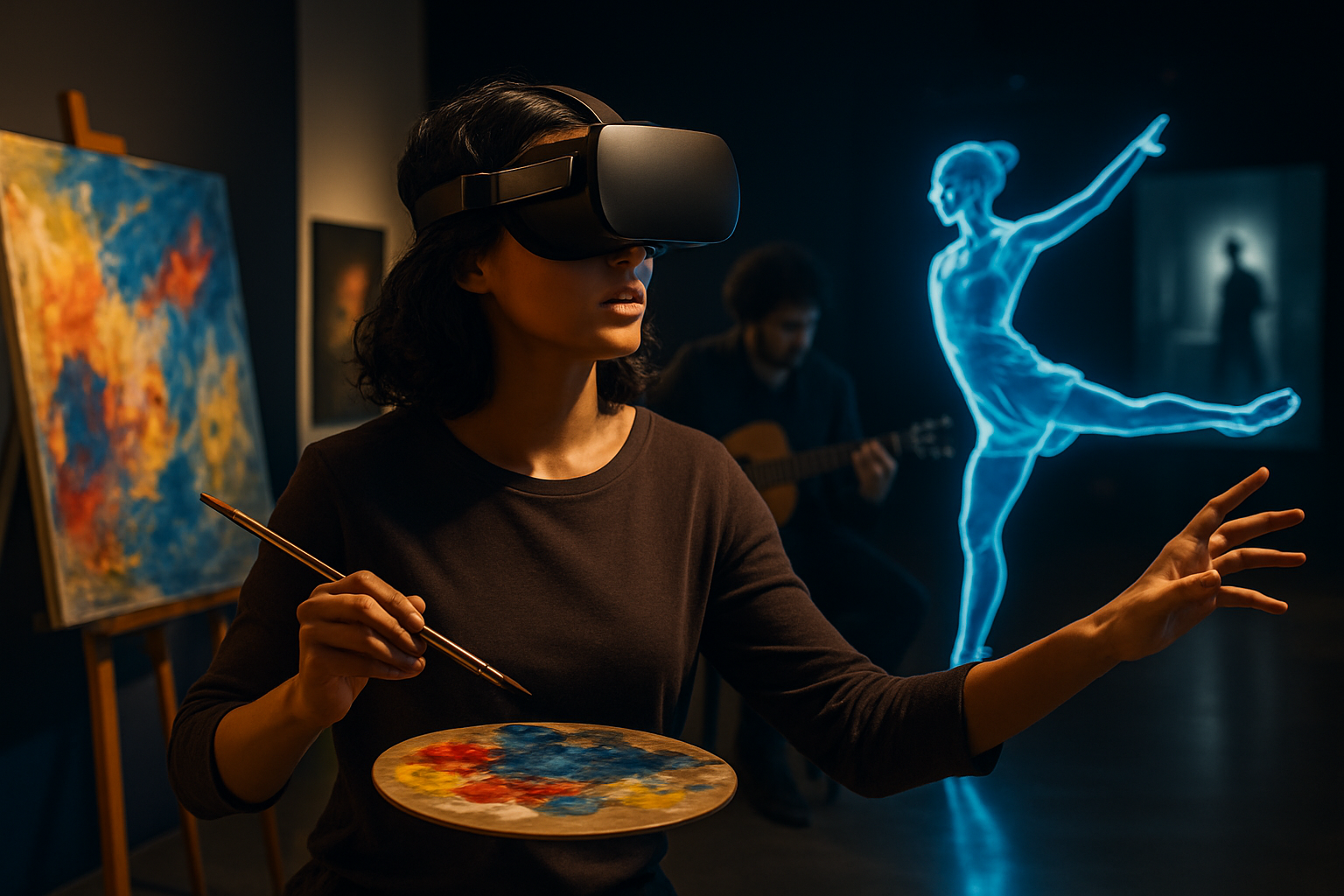Ekphrastic Poetry: Bridging Visual Art and Verse
In the ever-evolving landscape of artistic expression, a captivating fusion of poetry and visual art has been gaining momentum. Ekphrastic poetry, a genre that responds to or describes works of art, is experiencing a renaissance in contemporary literary circles. This resurgence is not merely a trend but a powerful reimagining of how different art forms can intertwine and amplify each other's impact. As poets increasingly turn their gaze to canvases, sculptures, and photographs, they create a rich tapestry of words that both celebrates and reinterprets the visual world.

A Modern Revival
In recent years, ekphrastic poetry has experienced a significant resurgence. Contemporary poets are not only responding to classic works of art but also engaging with modern and contemporary pieces, street art, digital media, and even conceptual installations. This revival has been fueled by an increasing interest in interdisciplinary approaches to art and literature, as well as the accessibility of visual art through digital platforms and virtual museum tours.
Breaking Boundaries in Form and Content
Modern ekphrastic poetry is breaking new ground in both form and content. Poets are experimenting with innovative structures that mirror the visual elements of the artworks they describe. Some incorporate visual elements directly into their poems, creating hybrid works that blur the lines between poetry and visual art. Others use ekphrasis as a springboard to explore broader themes of perception, representation, and the nature of art itself.
Collaborative Ventures
The rise of ekphrastic poetry has also sparked exciting collaborations between poets and visual artists. Many galleries and museums now host ekphrastic poetry events, where poets create and perform works inspired by exhibited artworks. Some artists are even commissioning poets to write ekphrastic pieces to accompany their visual creations, creating a symbiotic relationship between the two art forms.
Impact on Art Appreciation and Education
Ekphrastic poetry is proving to be a valuable tool in art education and appreciation. By engaging with artworks through poetry, viewers are encouraged to look more closely and think more deeply about what they see. This approach can make visual art more accessible to those who might otherwise feel intimidated by it, opening up new avenues for interpretation and understanding.
Challenges and Criticisms
Despite its growing popularity, ekphrastic poetry faces challenges and criticisms. Some argue that it can never truly capture the essence of a visual work, while others worry that it might overshadow or misinterpret the original art. There are also concerns about copyright and attribution, particularly when poems respond to contemporary artworks.
The Future of Ekphrastic Poetry
As technology continues to evolve, so too does the potential for ekphrastic poetry. Virtual and augmented reality technologies offer new possibilities for immersive ekphrastic experiences, while social media platforms provide poets with instant access to a global gallery of visual inspiration. The future of ekphrastic poetry looks bright, with endless possibilities for innovation and cross-pollination between the visual and verbal arts.
Conclusion
Ekphrastic poetry stands at the intersection of visual art and literature, offering a unique lens through which to view and interpret the world around us. As this genre continues to evolve and expand, it challenges our perceptions of art, encourages interdisciplinary thinking, and reminds us of the power of words to illuminate and transform visual experiences. In an age of increasing visual saturation, ekphrastic poetry provides a valuable counterpoint, inviting us to pause, reflect, and see the world anew through the eyes of both artist and poet.




